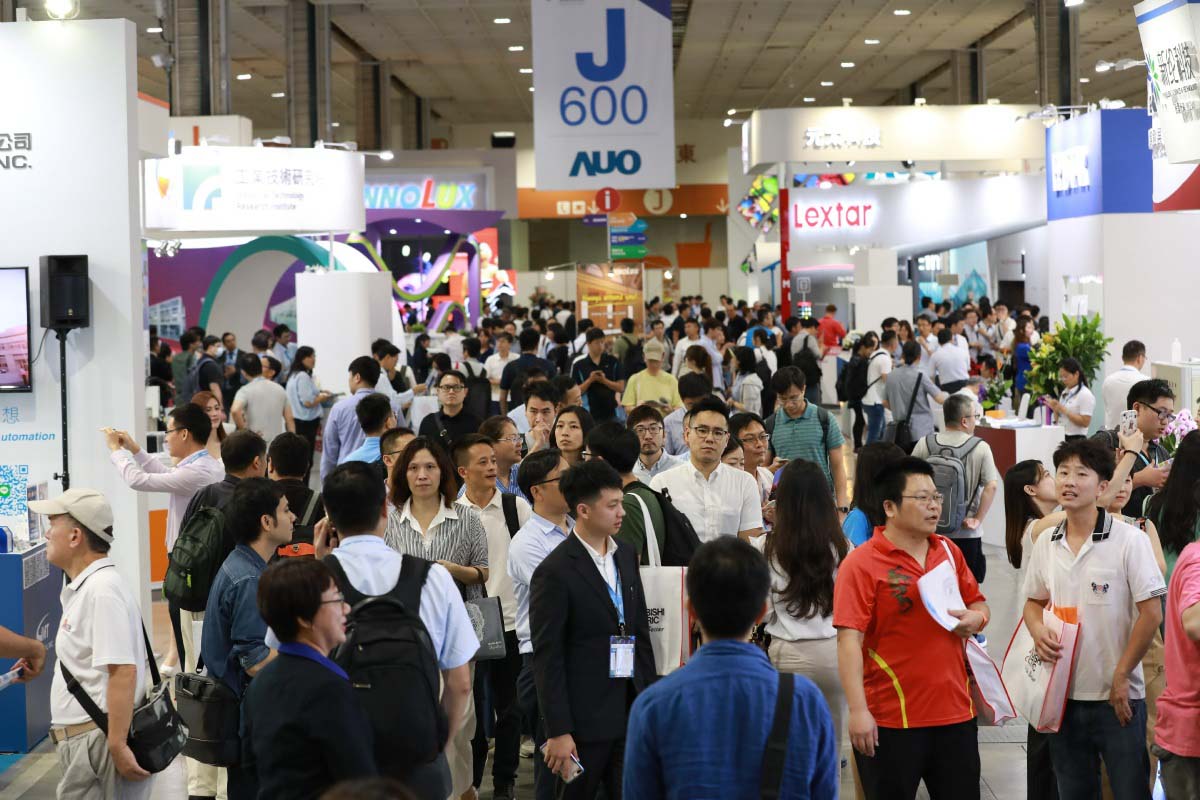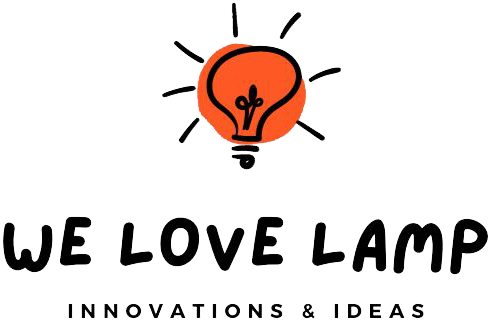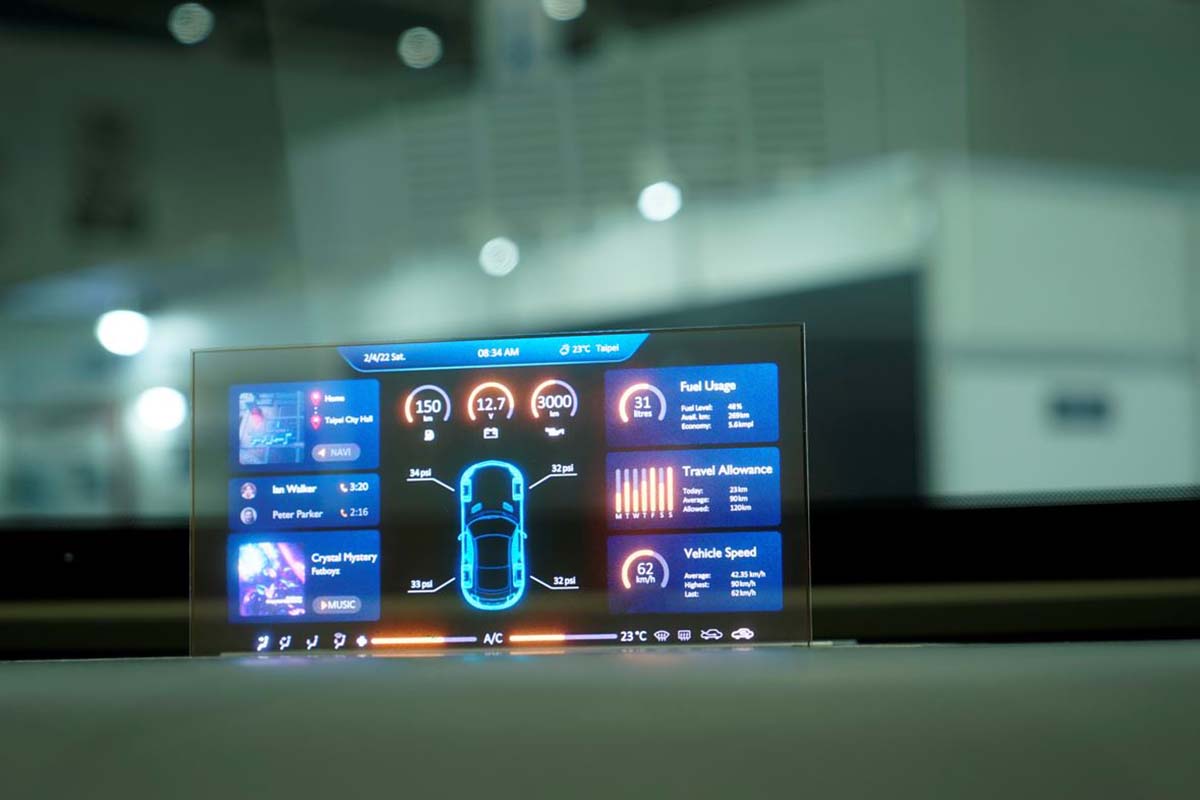The Touch Taiwan 2021 expo provided a clear indication that Micro LED technology is nearing its tipping point – evolving from an exciting possibility into a commercial commodity.
Major players in the industry such as AUO, Innolux, and PlayNitride showcased an impressive array of products and applications, underscoring the technology’s commercial readiness and paving the way for broader adoption across markets.
AUO led the charge with its showcase of state-of-the-art Micro LED panels targeted at both home entertainment and the automotive industry.
In a groundbreaking collaboration with PlayNitride, AUO presented a 1.39-inch, 338 PPI full-circle Micro LED display. This high-resolution marvel is not just a proof of concept but a game-changing offering that can be seamlessly integrated into the central consoles of vehicles.
This allows auto manufacturers to craft unique, intuitive dashboards, enhancing both the safety and user experience for drivers.
The technology’s adaptability doesn’t stop there; its high resolution, brightness, and wide viewing angles make it an ideal candidate for wearable devices, promising to transform user experiences across various settings – from outdoor adventures to everyday use.
Innolux, another industry heavyweight, presented a 92.4-inch 4K quantum-dot AM-Micro LED display with seamless tiling. This screen sets a new standard by overcoming the limitations often encountered with LCDs and OLEDs.
It offers a bouquet of premium features such as 3D experiences, ultra-high contrast, and wide color gamuts. Such a robust profile positions it as an ideal choice for high-end applications, including 8K cinemas, cutting-edge gaming centers, and even large-scale operational hubs for security or data analysis.
PlayNitride was not to be outdone. It unveiled its PixeLED Matrix technology via an 89-inch 5K curved Micro LED display. This massive screen could revolutionize multitasking environments, gaming experiences, and digital advertising spaces.
Another feather in PlayNitride’s cap was the introduction of SenMirror. This smart mirror employs gesture sensors and the same PixeLED Matrix technology, doubling as both a reflective surface and an interactive digital screen, thus elevating the humble mirror into a multi-functional device.

Mass Transfer Still Remains Important
While the promise is enormous, commercializing Micro LED still faces significant challenges, particularly in the “mass transfer” phase.
This critical procedure involves moving millions of microscopic LEDs onto a receiving surface, or backplane. The slow speed of current mass transfer technologies makes the process expensive and time-consuming, driving up the retail cost of products.
For example, a high-end 65-inch 4K Micro LED TV, at current production speeds, could cost a staggering $100,000.
That said, companies are diving deep into R&D to find efficient solutions. Apple’s acquisition of LuxVue, a pioneer in static absorption techniques for mass transfer, suggests the tech giant’s keen interest in streamlining this process.
Startups like Uniqarta are pushing the envelope even further, using laser beams for the rapid and precise placement of Micro LEDs. This not only speeds up the production process but also enhances accuracy.
The need for efficient inspection techniques is another crucial challenge. Existing methods such as photoluminescence (PL) and electroluminescence (EL) tests have their limitations. The industry is investing in more innovative, non-contact methods that ensure greater accuracy and reduced chip damage, improving yield rates and, ultimately, profitability.
In conclusion, Touch Taiwan 2021 served as a showcase for the optimistic future of Micro LED technology. As the event demonstrated, the industry is working collaboratively to overcome existing obstacles.
Significant strides are being made in both production and inspection processes. As these challenges are met head-on with technological innovations and strong industry partnerships, Micro LED is on a clear path to not just enter but potentially dominate the display market in the foreseeable future.

